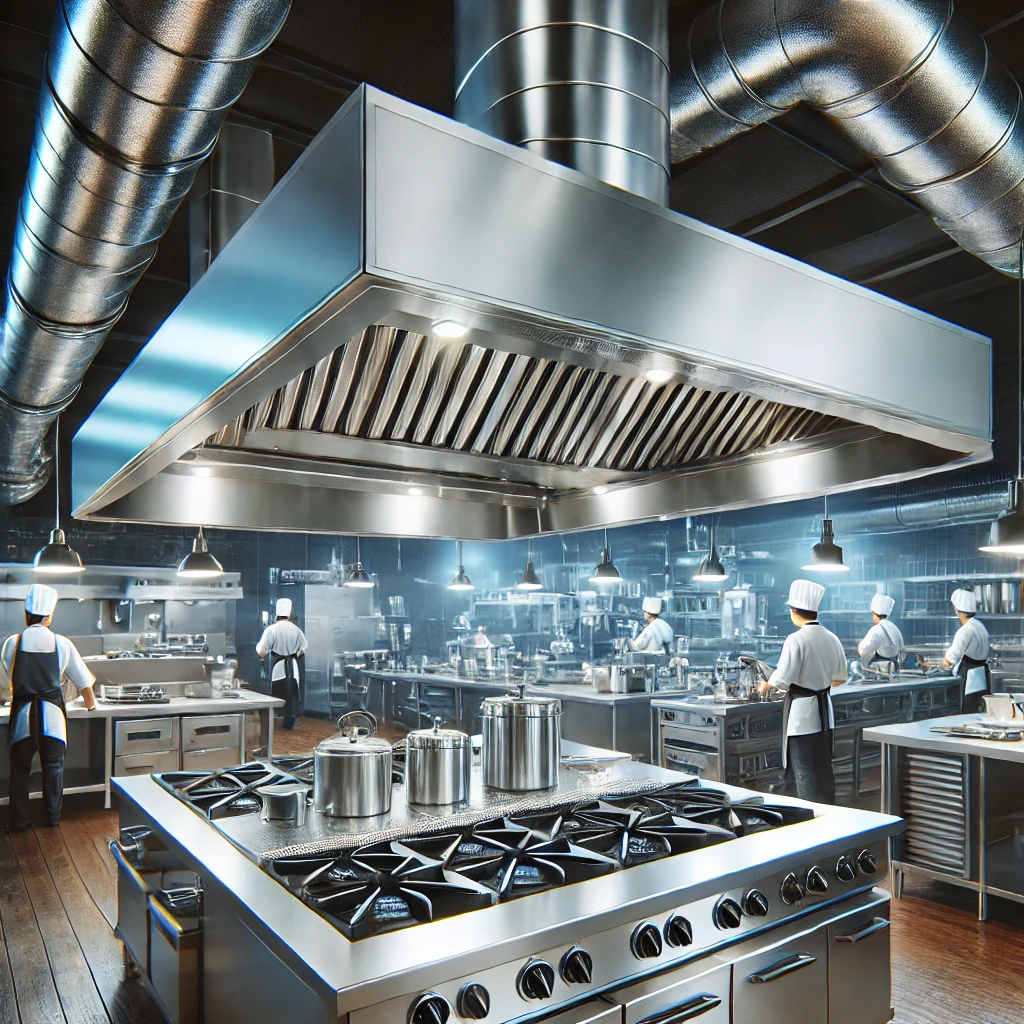A commercial kitchen is a high-heat, high-intensity environment. Without proper ventilation, it becomes a dangerous, inefficient, and uncomfortable place to work. A well-designed ventilation system is critical for safety, air quality, and operational efficiency.
Health and Safety First
Cooking releases heat, grease, smoke, and airborne contaminants. Without proper ventilation, these elements accumulate, leading to poor air quality and serious health risks for kitchen staff. A robust system removes harmful particles, reduces carbon monoxide buildup, and prevents heat-related illnesses.
Fire Prevention
Grease-laden vapors are highly flammable. If they settle on surfaces or remain in the air, they create a fire hazard. Ventilation hoods with grease traps and fire suppression systems significantly lower the risk of kitchen fires.
Regulatory Compliance
Health codes and fire safety regulations mandate specific ventilation standards. Failing to meet these requirements can result in fines, shutdowns, or even loss of insurance coverage. A properly installed system ensures compliance and keeps operations running smoothly.
Energy Efficiency and Cost Savings
A good ventilation system reduces excess heat, allowing HVAC units to work more efficiently. This translates to lower energy bills and improved comfort for employees, boosting productivity.
Odor and Smoke Control
Without ventilation, cooking odors and smoke can spread beyond the kitchen, affecting customers and staff. Proper exhaust systems maintain a pleasant dining environment and prevent lingering smells.
Final Thoughts
A well-maintained commercial kitchen ventilation system is an investment in safety, compliance, efficiency, and comfort. Regular cleaning and maintenance are essential to keep it functioning properly. Neglecting ventilation isn't just a minor oversight—it can lead to serious hazards and business disruptions. Prioritize a quality system, and your kitchen will operate more safely and efficiently.

